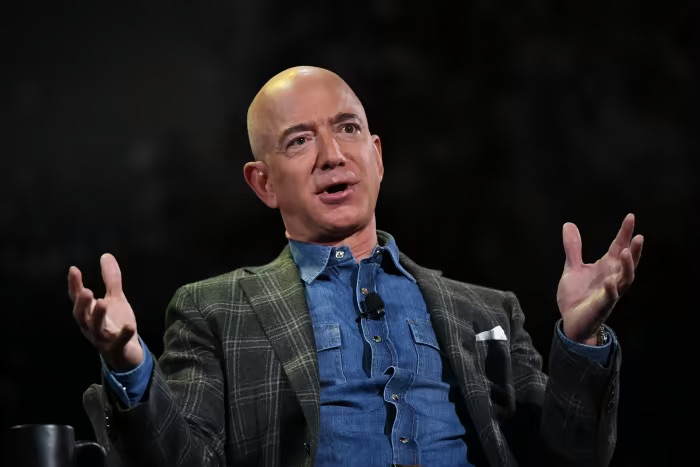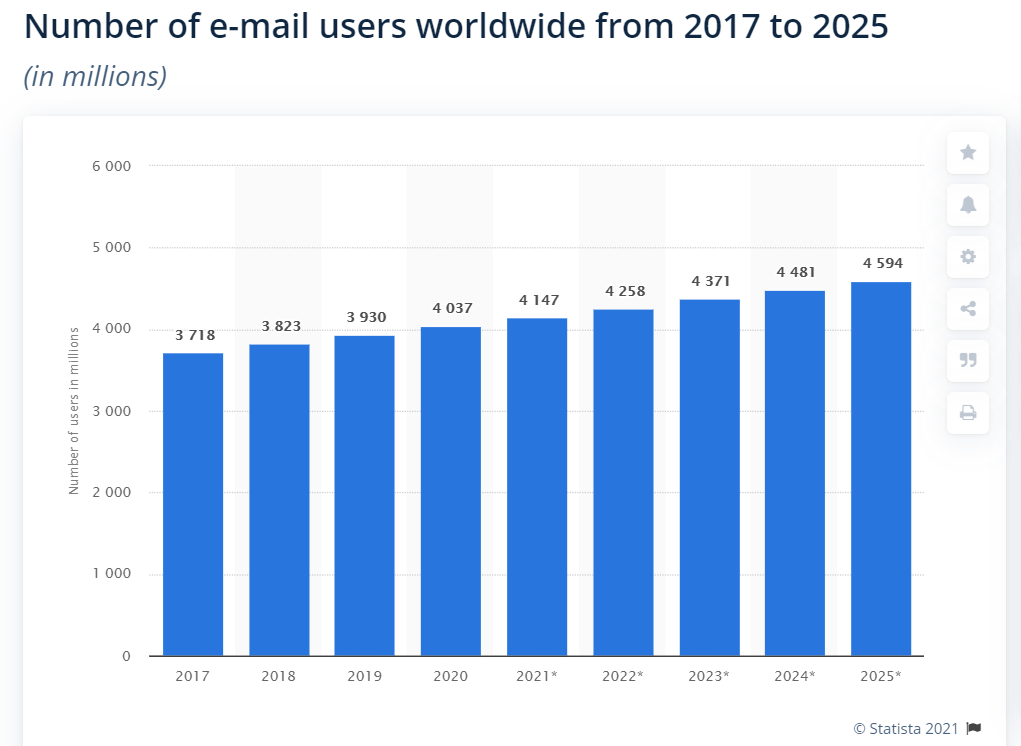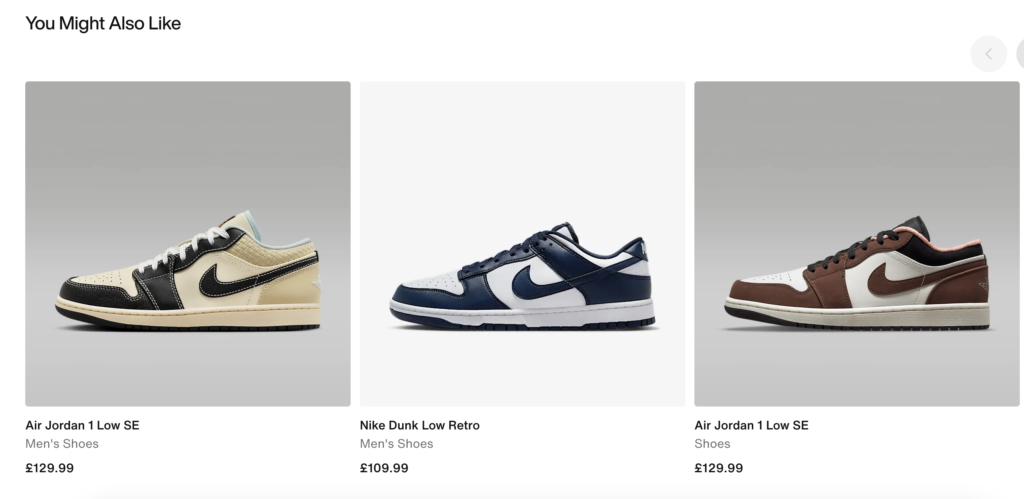Jeff Bezos managing your shopping experience: You walk into a store, and the sales assistant is already familiar with everything you prefer, from your favorite color, what sizes you wear, to the brands you like. Now, consider this type of personalization taking place online. That’s the next generation of e-commerce, and it’s already upon us.

Personalization isn’t simply a nicety anymore. For e-commerce businesses, it’s becoming essential. In this post, we’ll look at why personalization is important, how it boosts sales, and what you can do to implement it in your Shopify store to leave a lasting impression on customers.
The importance of personalization in e-commerce
Modern shoppers demand more than a transactional exchange with a brand. They want to be seen and appreciated. According to a survey by Epsilon, 80% of consumers are more likely to purchase a product or service if the brand offers a personalized experience. That’s a massive opportunity for Shopify merchants.
This is because when customers observe products and recommendations tailored to them, it creates a connection. Now they’re not simply scrolling—they’re taking action inside your store. It also helps in building trust, increasing return purchases, and usually increases AOV (average order value).
Consumer experience is enhanced by personalization
Reflect on that time you shopped online and discovered exactly what you needed, without having to search for it. That’s the magic of personalization.
Two days ago, I purchased a pair of running shoes online. A few days later, the store emailed me suggesting socks and fitness gear to complement my purchase. It was not random—it was intentional, and it succeeded. I ended up buying the socks. Personalization does both of those things: It minimizes a shopper’s customer journey and makes them feel understood.
Steps to Make Your Shopify Store Personalized
Personalization may sound complex, but it doesn’t have to be. Here are a few practical ways to get started:
1. Customization Recommendations Product Recommendations
Display products to customers based on past views, prior purchases, or items regularly purchased together. You can use apps like ReConvert Upsell & Cross Sell on Shopify to automate this process. For example, if a customer purchases a coffee maker, suggest coffee beans or filters. You’re not purely upselling—you’re enriching the offer.
2. Customizable Bundles
Allow users to build their own bundles of products. Personalization is not just about recommendations—personalization is about giving shoppers the power to choose. By using tools like WISS Bundle, you can offer flexible bundle options. A makeup brand might, for example, allow customers to customize their “Everyday Essentials Kit” by choosing their ideal foundation, mascara, and lipstick shade.
3. Personalized Email Campaigns
Email marketing is most successful when it is personal. Behind CTR tools like Klaviyo assume personalized emails depending on customer behavior. For example:
– Send a “We miss you!” email if a customer hasn’t purchased for a while, offering a discount on a favorite category.
– After a purchase, follow up with recommendations for complementary products.

4. Personalizing Based on Location
Adapt content based on your customers’ current stage. Involve your product if you have seasonal items, include winter jackets for browsing in colder areas, however, lightweight items for those in more sultry climates. Shopify’s geo-location apps can make this pretty easy.
5. Dynamic Pricing or Discounts
Provide special offers to repeat customers or newcomers. For example, greet returning visitors with a message like: “Welcome back! Enjoy 10% off just for you.”
Why Brands Must Go Beyond Personalization: Examples of Personalization Right
Netflix and Amazon: Not specifically Shopify stores, but their recommendation engines are best in class. They demonstrate how dearly customers value personalized recommendations.
Nike: They have an app where users can customize their own shoes, and the app recommends products depending on fitness needs.
WISS Bundle for Shopify merchants: Providing customizable bundles that meet customer needs has helped many Shopify merchants increase sales and customer satisfaction.

The Obstacles of Customization
It’s not all smooth sailing. That data must be collected responsibly, as personalization needs data. Be clear about how you use customer data, and make sure you’re compliant with privacy regulations like the GDPR. Also, don’t go overboard. If a regular shopper feels you know too much about them, it can be invasive. Aim for the middle ground—use data to improve their experience rather than inundate them.
The Roles of Personalization in Driving Sales
Personalization doesn’t just lead to a better shopping experience—it translates to your bottom line. A customer that feels valued is more likely to:
– Complete their purchase.
– Spend more per transaction.
– Return for repeat purchases.
In fact, research indicates that personalized emails can drive six times the revenue compared to non-personalized emails. Add to that a personalized shopping experience, and you’re in for a serious bump in sales.
Start Small, Grow Big
When we say personalization, we don’t mean changing your entire Shopify store overnight. Begin with small additions, such as onsite product recommendations or offering customizable bundles. Track what works, iterate, and expand from there.
Consumers aspire to more than products—they seek experiences. Not only are you meeting their expectations but you’re absolutely blowing them out of the water by customizing your store. That’s how you differentiate yourself in a competitive e-commerce environment.
What’s your perspective on personalization? Let us know in the comments!

